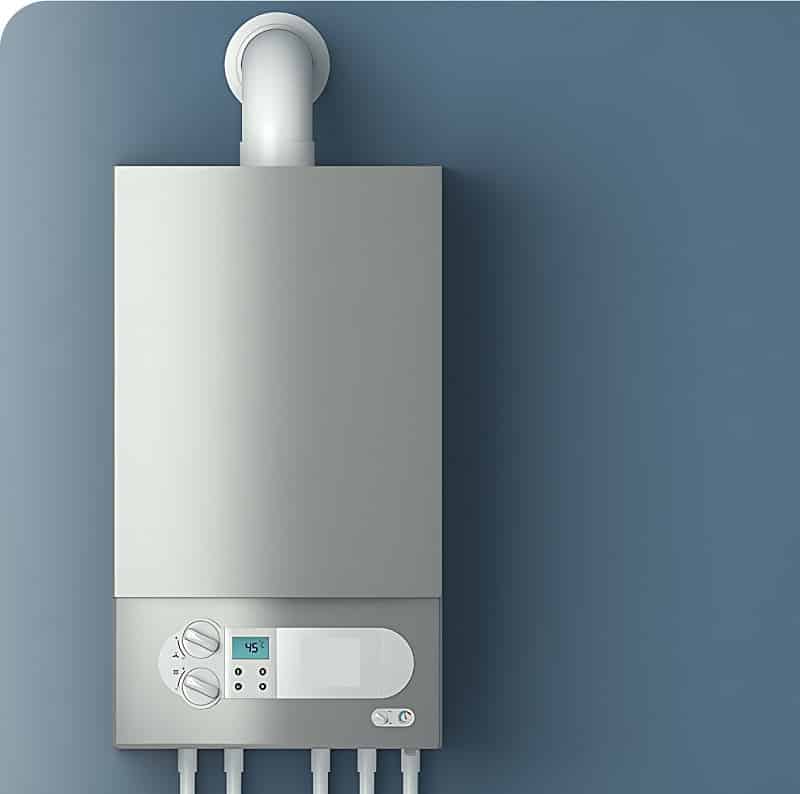You can help the environment by making choices for your house that are good for it. There are many ways to make your home more environmentally friendly, whether you are making a new home or fixing up an old one. Every choice you make, like selecting devices that use less energy or emissions that are better for the environment, can help make the future more sustainable.
This guide will show you how to make your home more eco-friendly in many ways. One way is to avail UK government scheme which is ECO4, in eco4 scheme, homeowners can get free boiler grants to upgrade their home energy efficiency and carbon emission.
Energy-Efficient Appliances
One of the easier ways to make your home more eco-friendly is to buy appliances that use less energy. These appliances use less electricity, which can help your home use less electricity altogether.
1. Refrigerators and Freezers: Look for models with high energy ratings.
2. Washing Machines: Choose machines that use less water and electricity.
3. Dishwashers: Opt for energy-saving dishwashers.
Insulation
Having the right insulation is important for keeping your home at a comfortable temperature and using less energy. Insulating your home can prevent heat loss in winter and keep your home cooler in summer.
1. Wall Insulation: Use materials that provide good thermal resistance.
2. Roof Insulation: Insulate your attic or roof to prevent heat loss.
3. Floor Insulation: Consider insulating under your floors.
Renewable Energy Sources
Using a lot less nonrenewable energy can be achieved by adding renewable energy sources to your home.
1. Solar Panels: Install solar panels to generate electricity from sunlight.
2. Wind Turbines: If you have enough space, consider a small wind turbine.
3. Geothermal Systems: Use the earth’s natural heat to regulate your home’s temperature.
Water Conservation
Water conservation is another important aspect of making sustainable choices for your home. Reducing water usage can help conserve this vital resource.
1. Low-Flow Fixtures: Install low-flow showerheads and faucets.
2. Collecting rainwater: Use rainwater in your yard or for other non-drinking uses.
Eco-Friendly Building Materials
Using eco-friendly materials for construction and renovation can reduce your home’s environmental impact.
1. Recycled Materials: Choose materials that have been recycled or repurposed.
2. Sustainable Wood: Use wood that has been sourced from sustainable forests.
3. Natural Insulation: Opt for natural insulation materials like wool or cellulose.
Efficient Heating Systems
A good heating system can reduce your home’s carbon footprint and energy bills.
1. Condensing Boilers: These boilers are more efficient than traditional ones.
2. Heat Pumps: Use air or ground source heat pumps for heating.
3. Radiant Floor Heating: Install underfloor heating systems.
Lighting
Choosing the right lighting can also contribute to a more sustainable home. Energy-efficient lighting uses less electricity and lasts longer.
1. LED Bulbs: Use LED bulbs instead of incandescent or fluorescent ones.
2. Smart Lighting: Installation of smart lighting systems that react to natural light and occupancy.
3. Solar Lights: Use solar-powered outdoor lighting.
Sustainable Landscaping
Landscaping your home sustainably can help reduce water usage and support local ecosystems.
1. Native Plants: Use plants that are native to your area, as they require less water and maintenance.
2. Composting: Create a compost bin to recycle organic waste.
3. Mulching: Use mulch to retain soil moisture and reduce weed growth.
Smart Home Technology
Smart home technology can help you monitor and reduce your energy usage.
1. Smart Thermostats: To help your heating and cooling systems work better, use smart thermostats.
2. Energy Monitoring Systems: Install systems that track your energy usage in real-time.
3. Smart Plugs: Use smart plugs to control and schedule the power supply to your appliances.
Government Incentives
It can be easier and cheaper to make environmentally friendly choices in your home if you use government benefits.
1. Tax Credits: Look for tax credits for energy-efficient home improvements.
2. Subsidies: Check for subsidies that support renewable energy installations.
Utilise grants available to install efficient heating systems.
Conclusion
When choosing eco-friendly building materials or tools for your home, you need to think about a lot of different things. Using these tips will help you make a home that is not only comfortable but also good for the environment. Remember to research and utilise available resources and incentives to support your efforts. If you plan ahead and make smart decisions, you can help make the world a better place to live and also make your home greener.







Be First to Comment